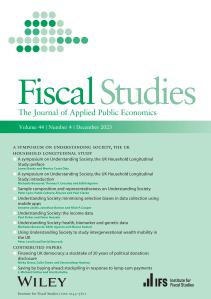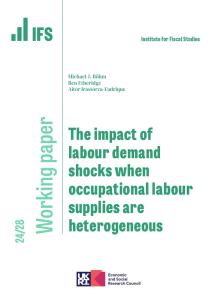Downloads
This note explains the equivalence between approximate rationalizability and approximate cost-rationalizability within the context of consumer demand. In connection with these results, we interpret Afriat’s (1973) critical cost efficiency index (CCEI) as a measure of cost (in)efficiency, in the sense that a consumer is spending more money than is required to achieve her utility targets.
Authors

Research Associate University of Leicester
Professor of Economics at the University of Leicester. His research interests are in applied microeconomics and microeconomic theory.

John Quah
Working Paper details
- DOI
- 10.1920/wp.ifs.2022.0422
- Publisher
- Institute for Fiscal Studies
Suggested citation
Polisson, M and Quah, J. (2022). Rationalizability, cost-rationalizability, and Afriat’s efficiency index. London: Institute for Fiscal Studies. Available at: https://ifs.org.uk/publications/rationalizability-cost-rationalizability-and-afriats-efficiency-index (accessed: 30 June 2024).
More from IFS
Understand this issue

What's wrong with inflation?
10 May 2023

Transparency is key to maintaining trust in government. Let’s not cap it
12 September 2022

How should the government tax electric cars?
19 May 2022
Policy analysis

Tax and public finances: the fundamentals
23 August 2023

Poverty
13 July 2023

Is there really an NHS productivity crisis?
17 November 2023
Academic research

Inference for rank-rank regressions
28 May 2024

Saving by buying ahead: stockpiling in response to lump-sum payments
2 February 2024

The impact of labour demand shocks when occupational labour supplies are heterogeneous
28 June 2024
